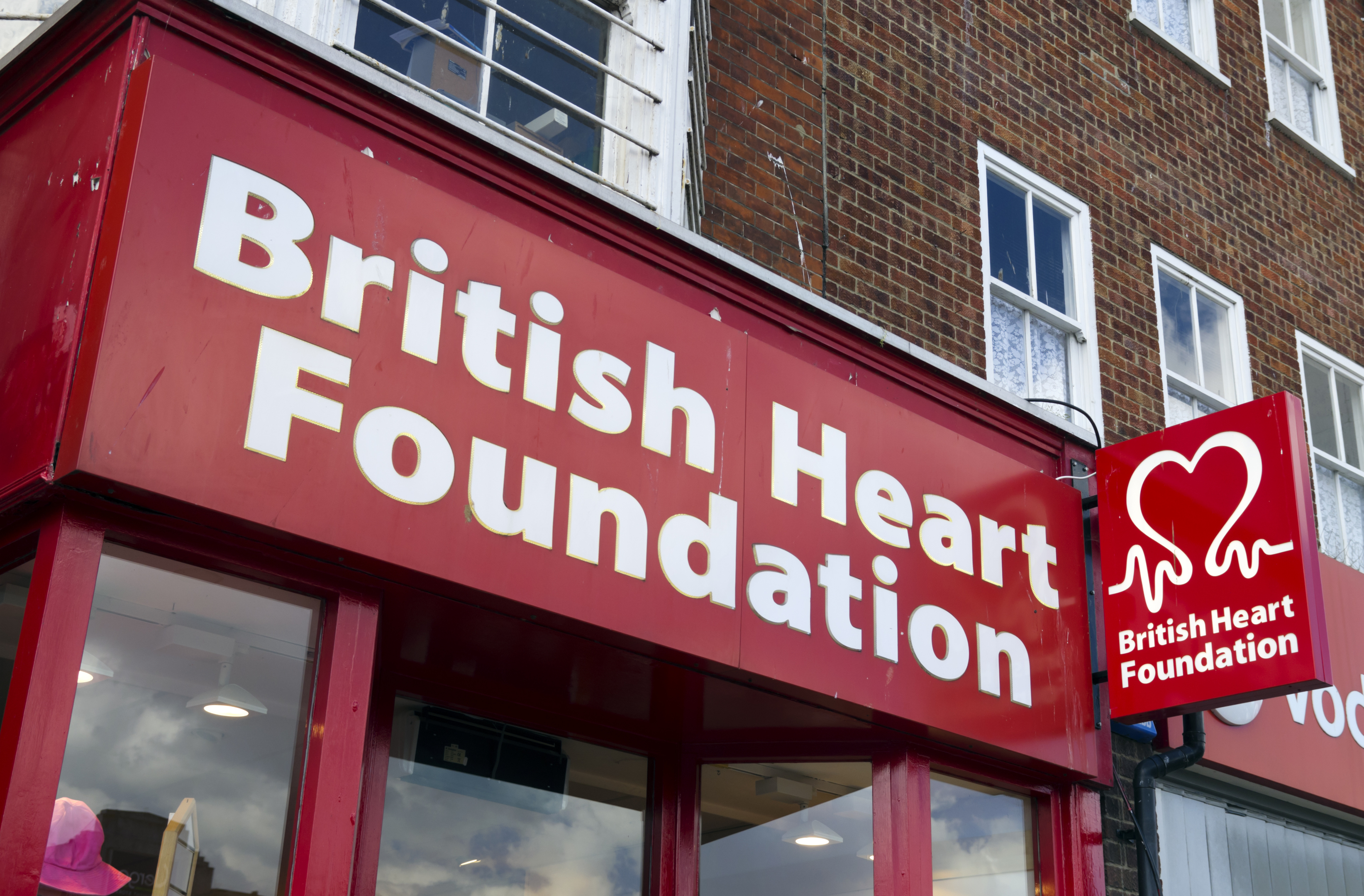
A 39p skin patch could save thousands of lives by improving the chances of surviving a stroke, researchers have claimed.
The patch is applied to the shoulder or back and delivers a blood pressure lowering drug through the skin while a patient is rushed to hospital.
Results from a small early trial suggest it could potentially halve the stroke death rate.
Each year in the UK an estimated 40,000 people die from strokes, one of the leading causes of death in the country.
British Heart Foundation researcher Professor Philip Bath, from the University of Nottingham, said: “We believe that by improving blood flow in the brain in stroke patients we can dramatically improve their survival chances and recovery.
“This patch enables us to do this within minutes and early trials have been very promising.”
Strokes are generally caused by an artery clot or burst blood vessel, and often result in serious brain damage.
A quarter of patients who survive are permanently disabled.
The drug in the patch, glyceryl trinitrate (GTN), lowers blood pressure and opens up blood vessels.
This, in turn, may reduce the damage caused in the minutes and hours after a stroke.
An initial trial of the GTN patch involving 41 acute stroke patients in the East Midlands ambulance region showed it halved the death rate from 38% to 16%.
The findings were published in the journal Stroke.
More than 100,000 strokes occur in the UK each year, costing the NHS an estimated £2 billion.
Professor Sir Nilesh Samani, medical director at the British Heart Foundation, said: “If successful, this could revolutionise treatment for stroke patients across the UK, and potentially globally, and could be a huge step forward in the advancement of stroke treatment, which currently lags behind heart-attack treatment.”

Enjoy the convenience of having The Sunday Post delivered as a digital ePaper straight to your smartphone, tablet or computer.
Subscribe for only £5.49 a month and enjoy all the benefits of the printed paper as a digital replica.
Subscribe